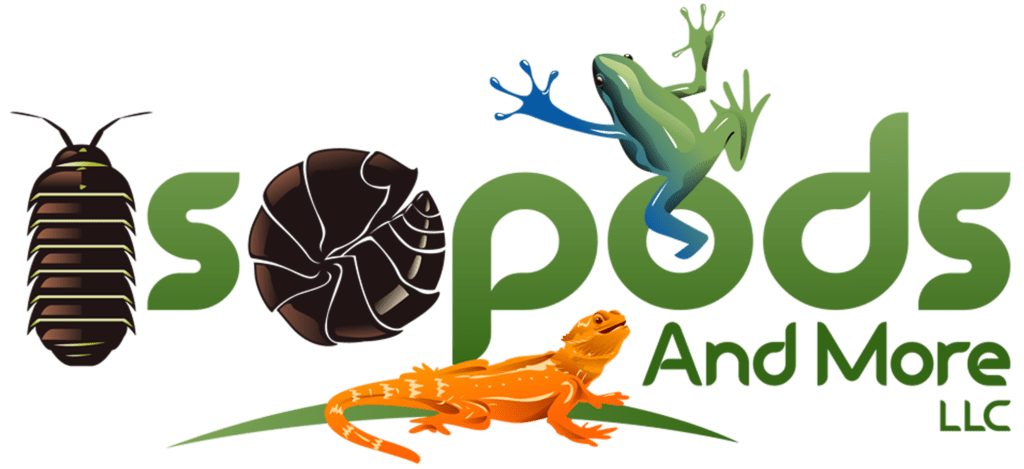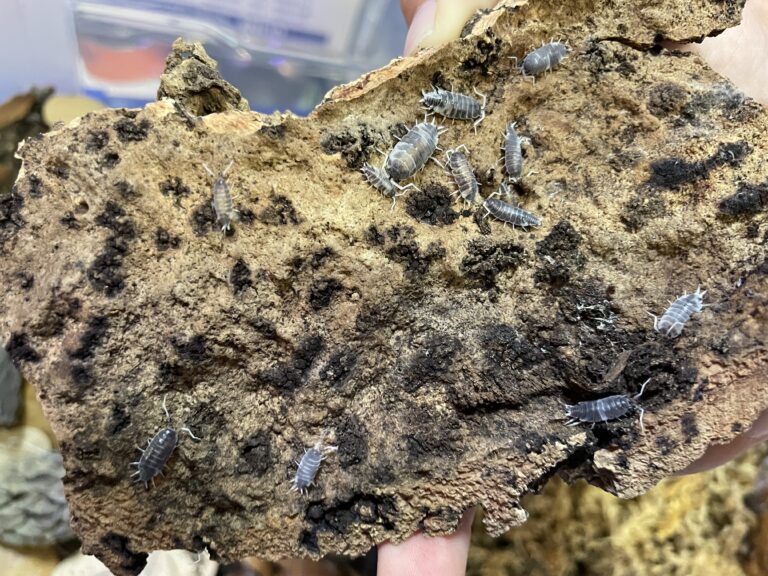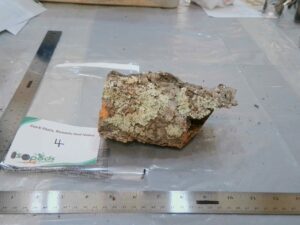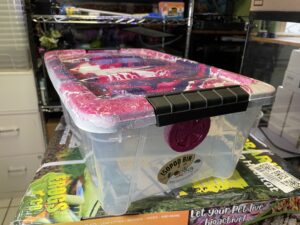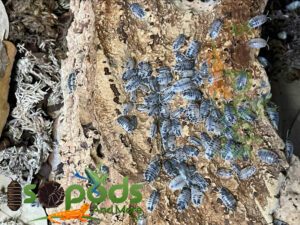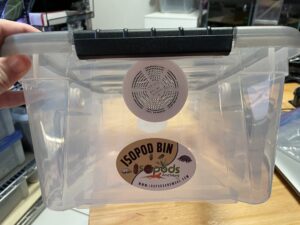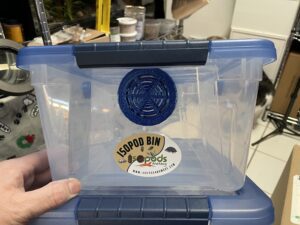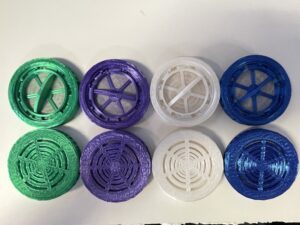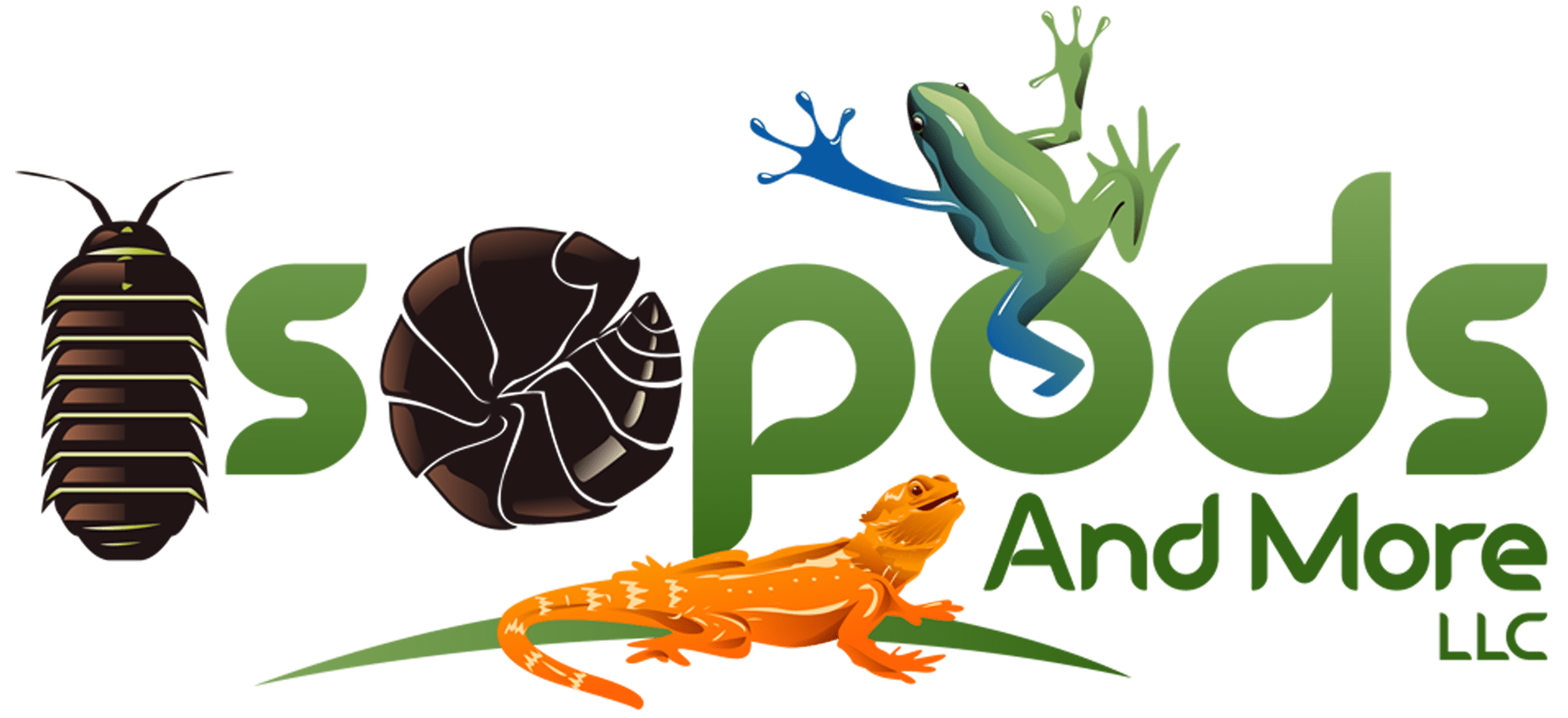Maintaining a healthy and thriving enclosure is crucial for the well-being of reptile pets. As a reptile enthusiast, I have learned that using a bioactive clean up crew is essential for a successful enclosure. In this article, I will be discussing the role of a clean up crew in a bioactive terrarium/vivarium, the benefits it provides, the types of bugs available, how to choose the right ones, how to introduce and maintain them, and tips for solving any problems that may arise.
Introduction to Bioactive Clean Up Crew
A bioactive terrarium/vivarium is an enclosure that aims to closely replicate a natural habitat. It consists of living plants, microfauna, and a clean-up crew, which is a group of insects added to help break down organic matter and maintain cleanliness.
What is a Bioactive Terrarium/Vivarium?
A bioactive terrarium/vivarium is an ecosystem that sustains itself, housing living plants, microfauna, and a clean-up crew. The plants produce oxygen and absorb carbon dioxide from the enclosure. Microfauna, such as springtails and isopods, aid in breaking down organic matter and serve as a food source for the enclosure’s inhabitants. The clean-up crew, consisting of isopods, springtails, and worms, keeps the enclosure clean by consuming feces, shed skin, and other waste products.
The Role of a Clean Up Crew in a Bioactive Enclosure
The role of a clean up crew in a bioactive enclosure is to help break down organic matter and keep the enclosure clean. Without a clean up crew, waste products can build up in the enclosure, leading to unsanitary conditions and potential health problems for the inhabitants. The clean up crew also helps to provide a food source for the inhabitants of the enclosure, such as reptiles and amphibians.
Benefits of Using a Clean Up Crew
There are many benefits to using a clean up crew in a bioactive enclosure. First, a clean up crew helps to maintain a clean and healthy environment for the inhabitants of the enclosure. Second, the insects in the clean up crew help to break down organic matter, which can help to prevent the growth of harmful bacteria and fungi. Third, the clean up crew provides a food source for the inhabitants of the enclosure, which can help to reduce the need for supplemental feeding. Finally, using a clean up crew can help to reduce the amount of waste that needs to be removed from the enclosure, making maintenance easier and more efficient.
Types of Clean Up Crew Bugs – Isopods, Springtails, and Worms
There are several types of bugs that can be used as a clean up crew in a bioactive enclosure. The most common types of clean up crew bugs are isopods, springtails, and worms.
Isopods
Isopods, also known as pill bugs and sow bugs, are commonly used to clean up bioactive enclosures because they can consume different types of organic matter. These creatures come in diverse sizes and colors and are recognized for their rapid reproduction, which aids in preserving a thriving population within the enclosure.
Springtails
Springtails are small arthropods that are commonly used as a clean up crew in bioactive enclosures. They are known for their ability to jump, and they are often found in soil and leaf litter. Springtails are important in a bioactive enclosure because they help to break down organic matter and provide a food source for the inhabitants of the enclosure.
Worms
Worms, such as red wigglers or earthworms, can also be used as a clean up crew in a bioactive enclosure. They are important in a bioactive enclosure because they help to break down organic matter and provide a food source for the inhabitants of the enclosure. They also help to aerate the soil, which can improve plant growth.
How to Choose the Right Clean Up Crew for Your Enclosure
When choosing a clean up crew for your enclosure, it is important to consider the size of the enclosure, the type of inhabitants, and the type of substrate being used. Isopods, springtails, and worms all have different requirements and preferences, so it is important to choose the right species for your specific enclosure. It is also important to consider the size of the clean up crew, as too many insects can lead to overpopulation and competition for resources.
How to Introduce a Clean Up Crew to Your Enclosure
When introducing a clean up crew to your enclosure, it is important to do so slowly and in small numbers. This will help to prevent any disruptions to the ecosystem and will allow the clean up crew to establish themselves in the enclosure. It is also important to provide a food source for the clean up crew, such as leaf litter or vegetable scraps.
Maintaining a Healthy Clean Up Crew Population
To maintain a healthy clean up crew population, it is important to provide a suitable environment for the insects. This includes providing a proper substrate, temperature, and humidity. It is also important to monitor the population and make adjustments as needed. For example, if the population is growing too quickly, it may be necessary to remove some of the insects to prevent overpopulation.
Common Problems with Clean Up Crews and How to Solve Them
There are several common problems that can occur with clean up crews in a bioactive enclosure. One issue is overpopulation, which can lead to competition for resources and a decline in the health of the insects. To prevent overpopulation, it is important to monitor the population and make adjustments as needed. Another issue is the introduction of harmful bacteria or fungi, which can lead to the death of the insects. To prevent this, it is important to maintain a clean and sanitary environment in the enclosure.
Conclusion – The Importance of a Bioactive Clean Up Crew for a Thriving Enclosure
In conclusion, a bioactive clean up crew is an essential component of a healthy and thriving enclosure. By using isopods, springtails, and worms, you can help to maintain a clean and healthy environment for your reptiles and amphibians. When choosing a clean up crew, it is important to consider the size of your enclosure, the type of inhabitants, and the type of substrate being used. By following these guidelines and maintaining a healthy clean up crew population, you can help to ensure the long-term health and happiness of your pets.
